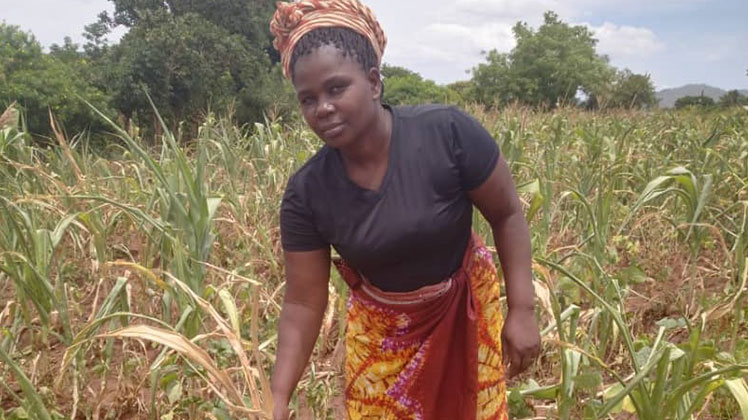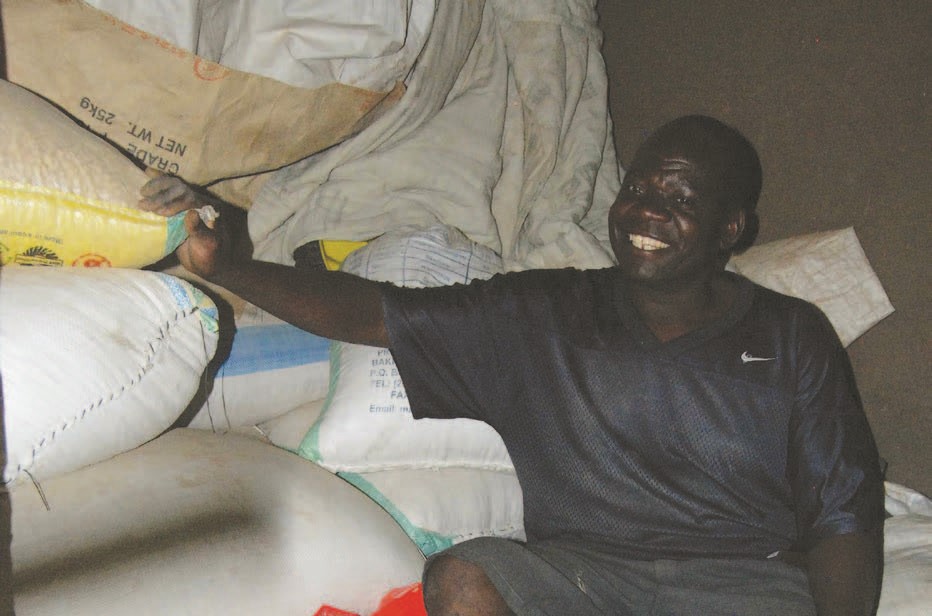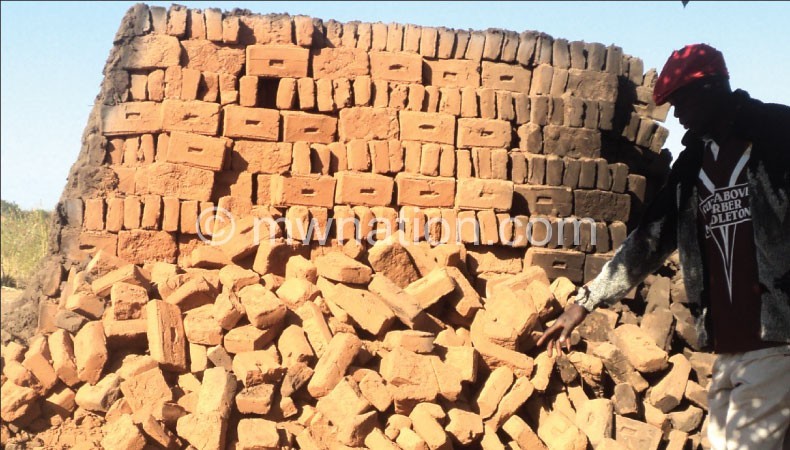Study exposes Ndirande toxic air
Researchers studying fuel use for cooking in Malawi and Kenya have found residents in informal settlements such as Ndirande, Blantyre City’s most populous township, are being exposed to toxic levels of pollution.
The team is led by Dr Isabelle Uny from the University of Stirling’s Institute for Social Marketing and Health.

They gathered data in Ndirande and Kenya’s Mukuru to understand the relationship between fuel use and cooking in the two slums.
The study explores the cultures, behaviours and lived experiences of people who rely on firewood, charcoal and animal dung for their cooking needs.
After spending two years on the study, the researchers found that in the low-income settlements, most residents used wood and charcoal for their daily cooking along with plastic bottles, maize stalks and homemade charcoal briquettes.
As many people often cook in cramped, unventilated spaces, families were exposed to high concentrations of air pollutants every day.
Uny said: “These informal settlements have little infrastructure and people affected by poverty are using whatever fuels they can afford to cook.
“Solid fuels cause the most damage to health and it’s women and children who are disproportionately exposed to that household air pollution.”
The researchers measured the amount of particulate matter much smaller than a strand of hair in the air.
The World Health Organization (WHO) guidelines recommend that no one should be exposed to more than 15 micrograms per cubic metre air in a 24-hour period, but the researchers recorded short peaks as high as 2000 micrograms.
“We’re talking about really, really high levels of exposure to tiny, tiny particles in the air of soot that people are inhaling every day, causing significant harm to their health,” says the lead researcher.
More than two billion people worldwide use solid fuel for their cooking and heating needs.
This fuels household air pollution linked to approximately 3.2 million deaths a year, according to WHO.
About 700 000 of this death toll occur in sub-Saharan Africa, where indoor air pollution fuels deadly diseases such as stroke, heart disease, and lung cancer.
The research was funded by the UK Research and Innovation Arts and Humanities Research Council.
It was conducted in partnership with experts from the Malawi University of Business and Applied Sciences (Mubas) and Kenya Medical Research Institute (Kemri).
The data and interviews were translated into posters displayed during community gatherings where the researchers discussed the findings with community leaders, policymakers and representatives of both local and national governments.
Limbani Kalumbi, from Mubas, says people are being driven to use these fuel sources not because they want to, but due to low household income, limited access to certain fuels and lack of cleaner sources of fuel.
“We discussed potential solutions with community members and what they are interested in is better access to cleaner fuels including LPG gas and in the longer term being able to rely on a good, affordable supply of electricity,” he explains.
According to Fred Orina, from Kemri, the team worked with grassroots communities to find out their most pressing issues with using solid fuels and solutions they think are the most sustainable, affordable and most feasible to improve air quality and health.
The academics embedded themselves in the two informal settlements, where interviewers filmed the participants’ walks from sourcing, buying or collecting fuel to preparing the fire.
One participant is quoted as saying: “You will hear the children complaining ‘smoke, smoke’.
“It overwhelms me and I even have difficulty in breathing when I light the cookstove. I get headaches, I am light-headed.”—Stir.ac.uk






One Comment